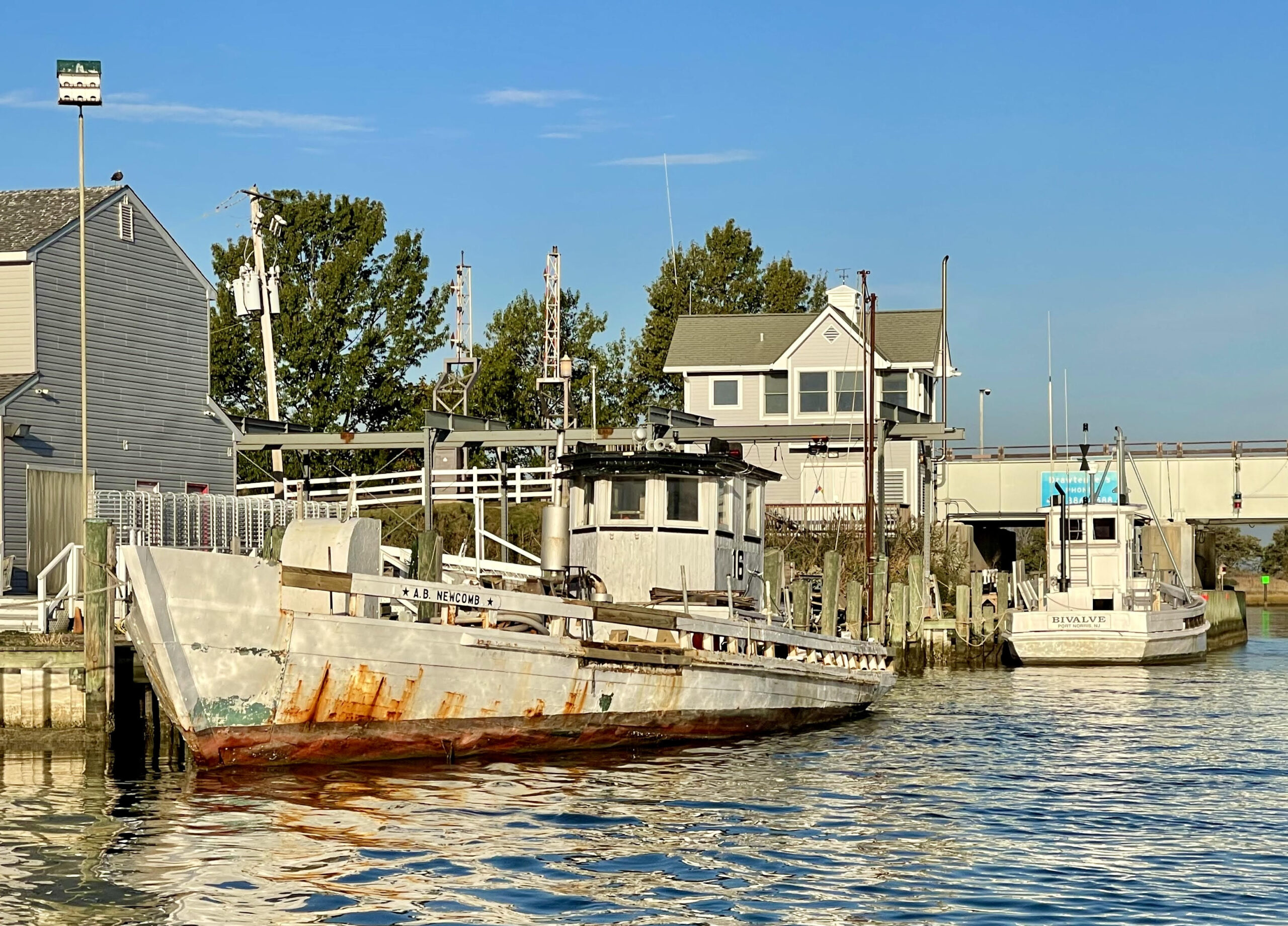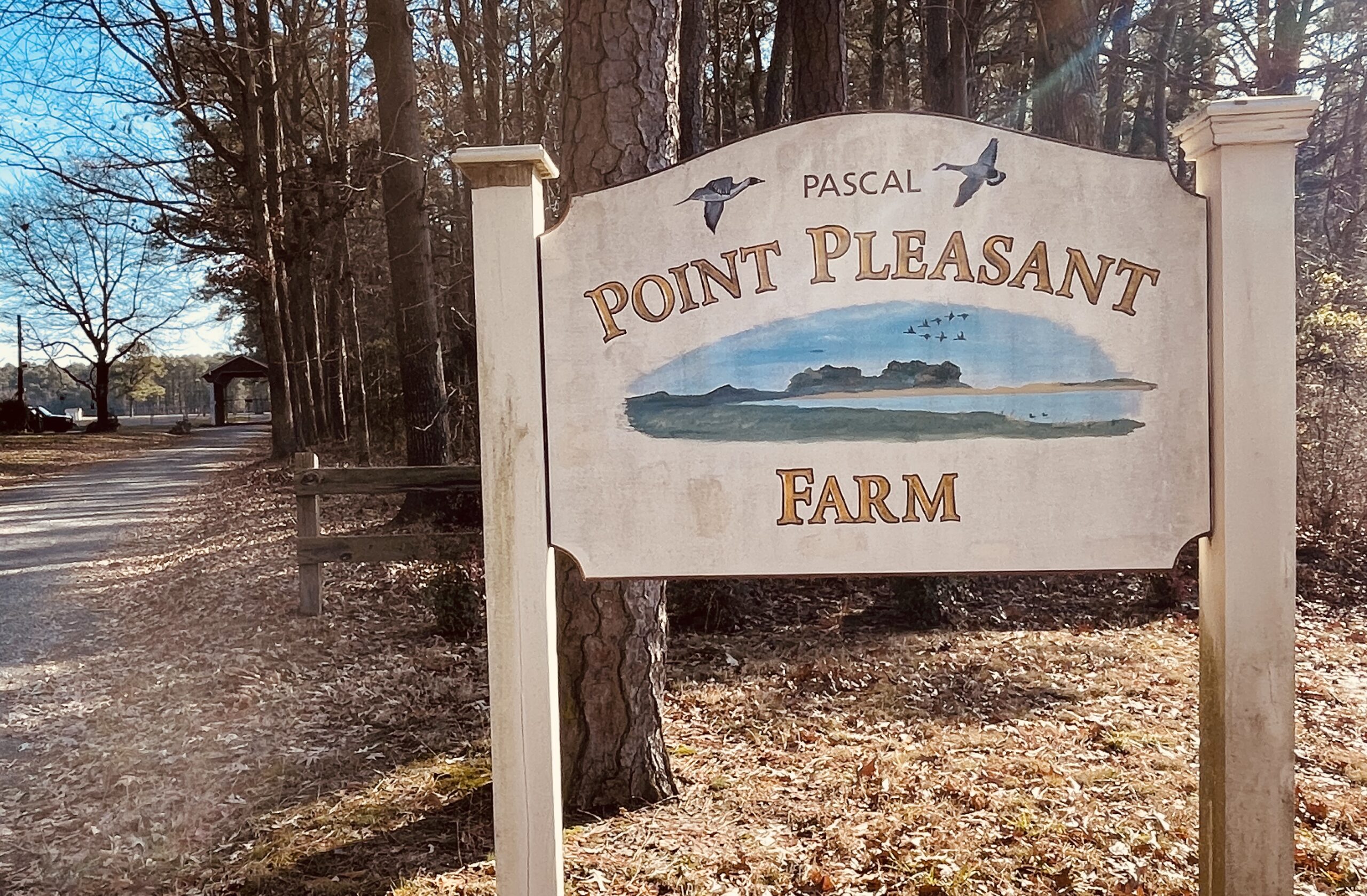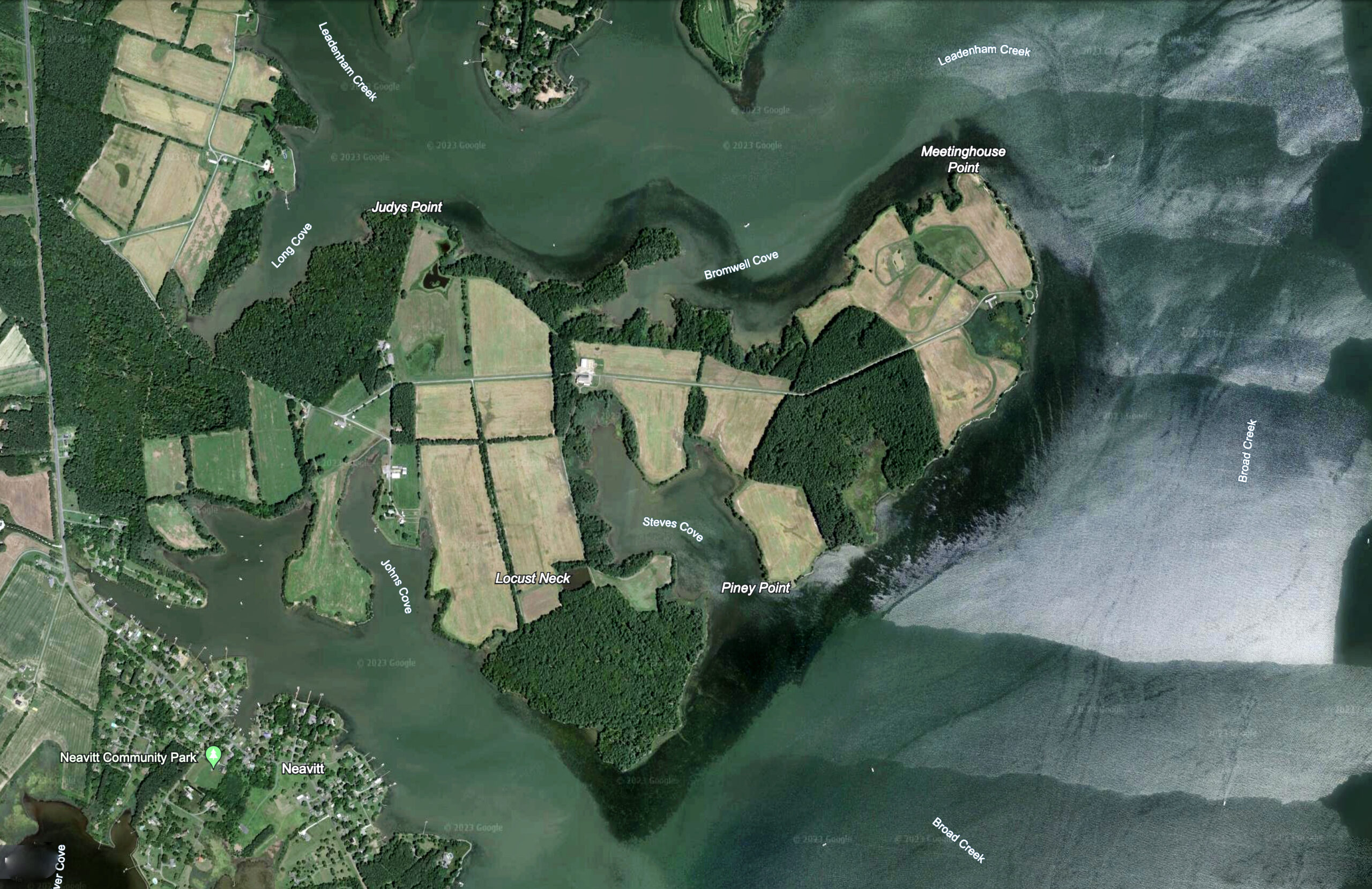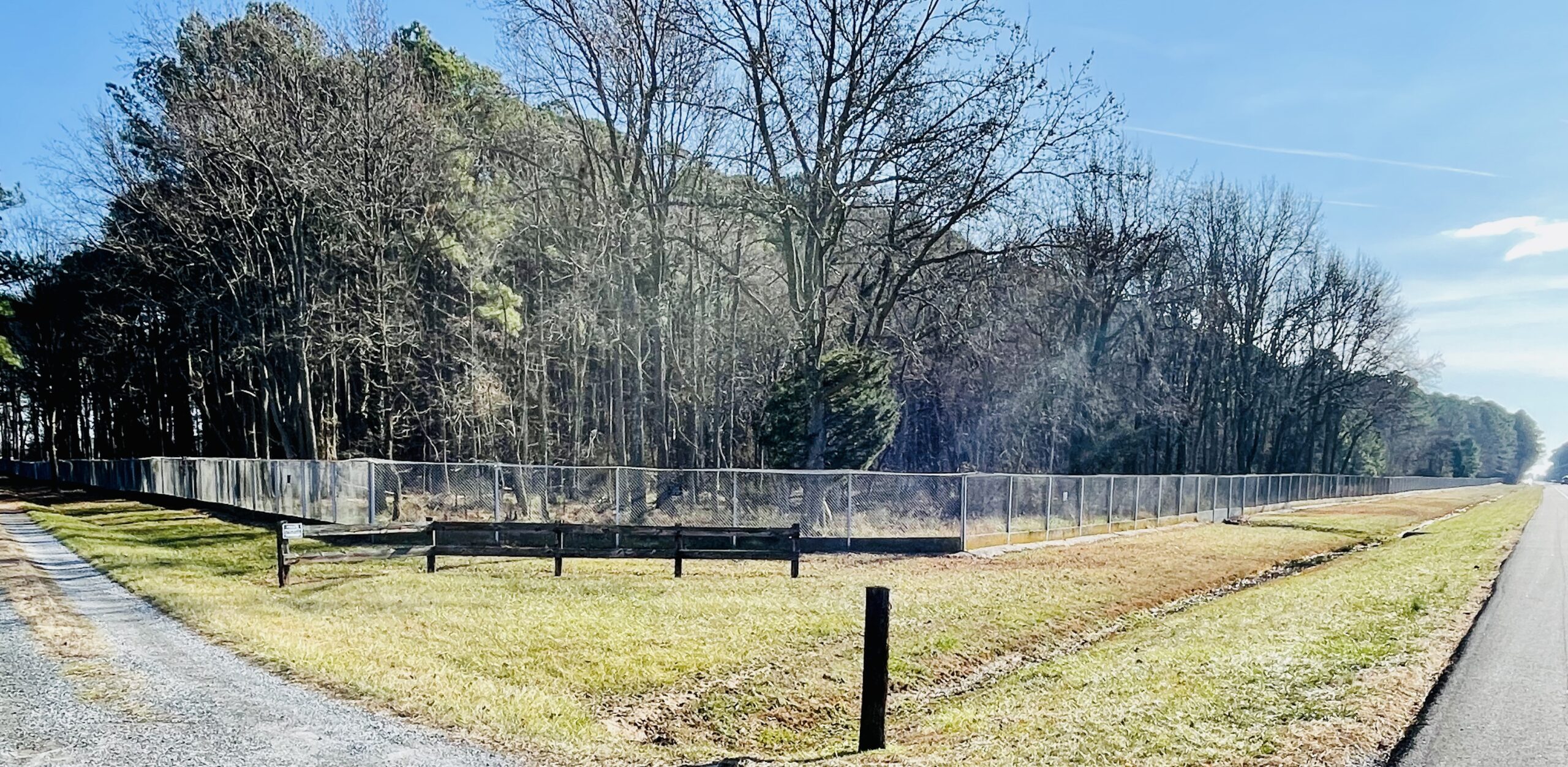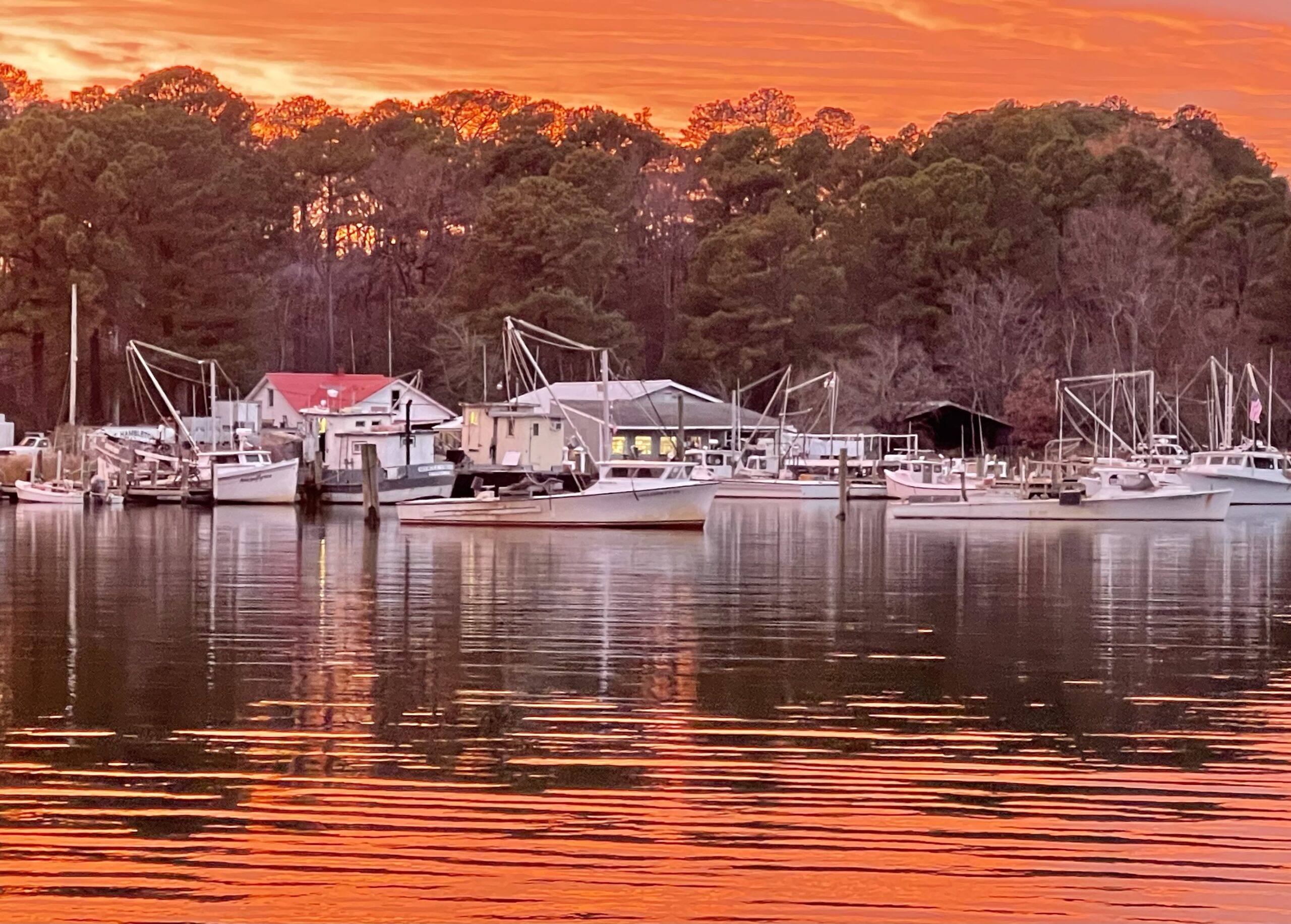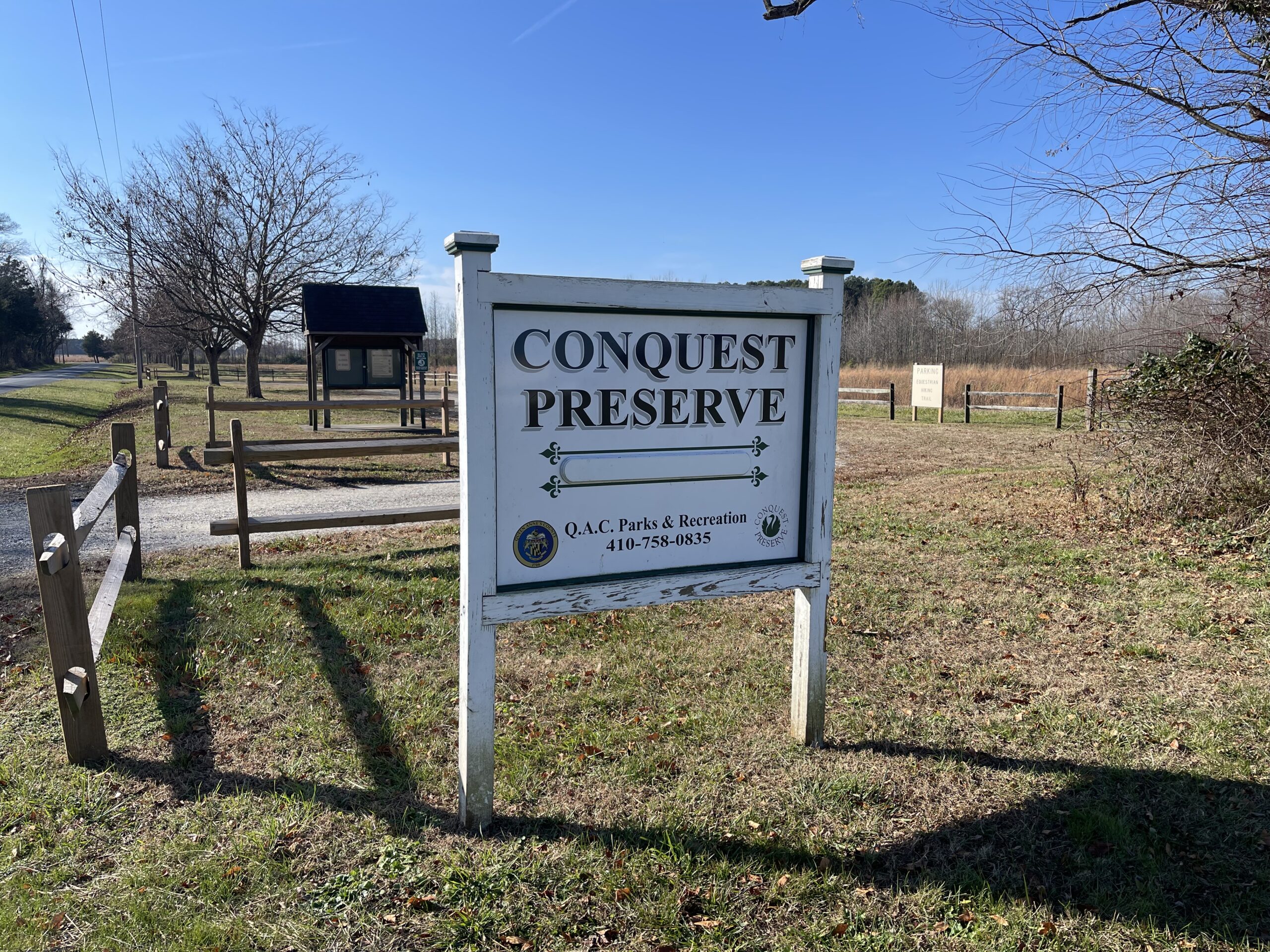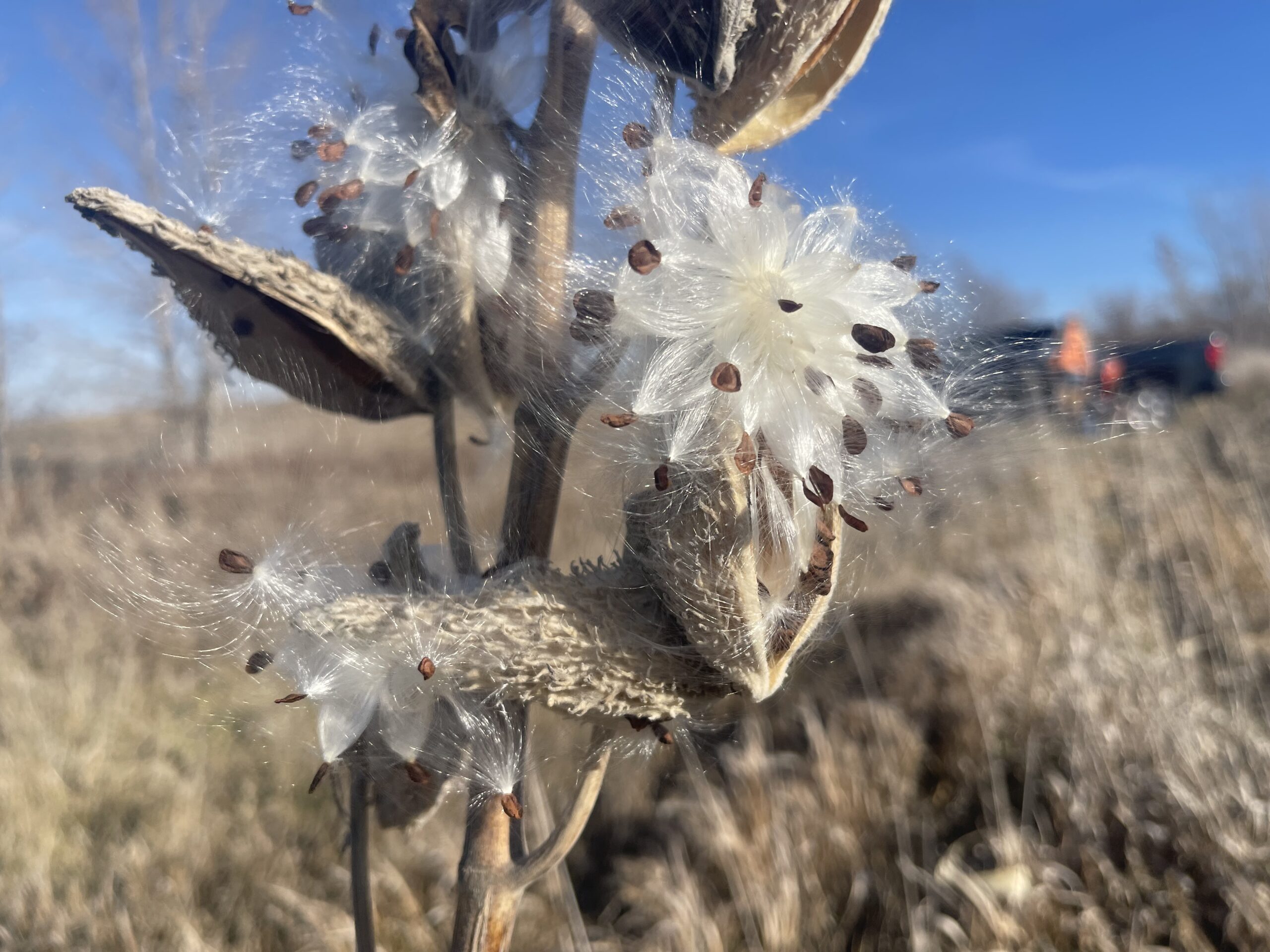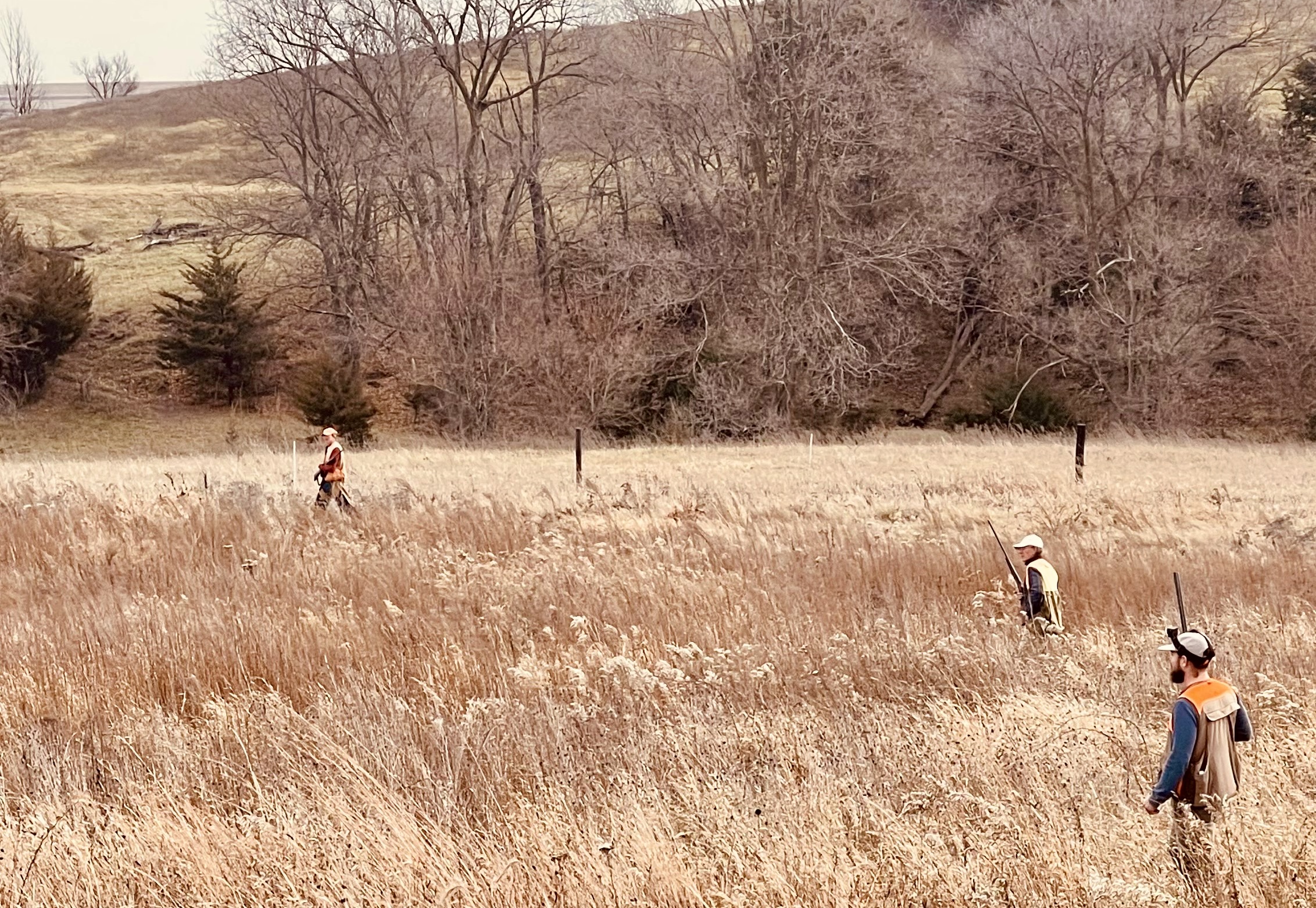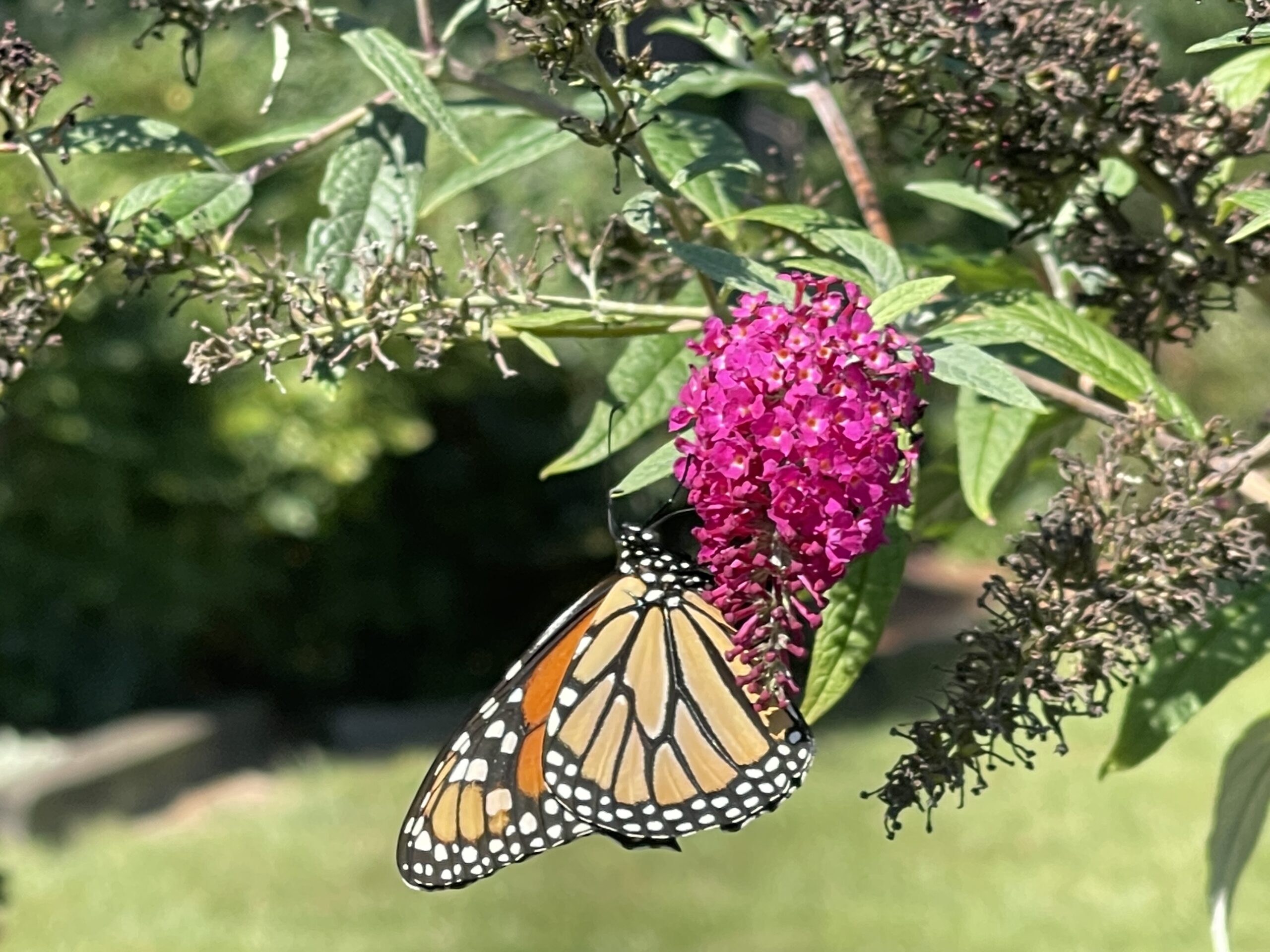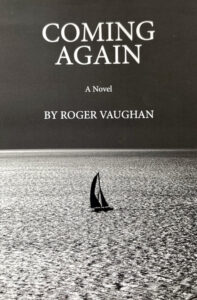My recent article about pressure to change oyster sanctuary boundaries In Maryland quickly grew into a torrent of criticism, dialogue, and additional official comments, corrections, and clarification of issues discussed.
I will present some of that information here while also thanking those who took the time to help me further understand the complexity of issues swirling around an organism as humble as an oyster.
The magnitude of the effort to continue revitalizing the Chesapeake Bay oyster population involves thousands of people, hundreds of public and private organizations, and the expenditure over the past several years of millions and millions of public and private dollars. It is both mind boggling and inspiring.
See the chart and map below to get a feel for some of that effort, especially the list of participating organizations.
Sanctuary Boundaries
Changes may be coming to sanctuary boundaries as requested, but it won’t be happening quickly.
At a public hearing last week in Annapolis, Department of Natural Resources (DNR) officials said part of legislation sponsored by Sen. Johnny Mautz and Delegate Chris Adams giving the state sole authority to change sanctuary boundaries is no longer necessary. That’s based on an updated Oyster Management Plan announced recently.
Watermen organizations sought the change with an eye toward being able to work some of the thousands of acres of oyster sanctuaries now off limits.
Gregg Bortz, DNR media relations manager, sent an email to explain:
“Based on the updated Oyster Management Plan going into effect, DNR can move boundaries of unrestored oyster sanctuaries, but right now we do not have specific plans or a timetable on identifying any changes. We need to engage in the full public process and apply the best available science to determine what we may do with those unrestored sanctuaries that are not producing oysters. These are areas that were acknowledged to be poor for oysters, with little to no habitat when they were created; they need some sort of investment to become productive, which could include large-scale restoration, aquaculture, or some plan for wild harvest. Going forward, the Oyster Advisory Commission would need to discuss any proposals for changes. DNR would listen to recommendations before taking any action.”
Regarding a request in the Mautz/Adams legislation to open certain public grounds in Eastern Bay for commercial power dredging, no action has been taken.
“The department is opposed,” said Bortz. “The area does not receive sufficient spat set to support the use of power dredge. We have studies that show power dredging is not sustainable in areas where there is limited oyster recruitment, and it would also remove valuable spawning age oysters.”
On Tuesday this week, Mautz said the overall legislation giving DNR sole authority to make boundary changes without a requirement for agreement from several other non-governmental agencies is being amended. “Eastern Bay power dredging is likely to be removed, DNR will also remove its opposition, and it will move forward.”
Restored vs. unrestored sanctuaries
Regarding productivity found in samplings taken from 51 sanctuaries, last week’s article did not distinguish between restored sanctuaries and unrestored sanctuaries as it should have. Restored sanctuaries include those in Harris Creek, and Tred Avon and Little Choptank rivers, and several others down the Bay.
Those being restored, with infusion of shells, little oysters and other bottom improvements for spat attachment, have received the bulk of the millions spent for improving oyster populations.
Surveys of those sanctuaries show success, with sampling showing productivity meeting or exceeding goals. The restored sanctuaries mentioned have received large infusions of federal dollars and as such are permanently off limits for harvesting.
The intent is for them to become productive and self-sustaining beds which will spin-off lots of larvae and small oysters for the benefit of other commercial wild and cultivated beds in surrounding waters. That would be good for the economy and the ecology of the Chesapeake since oysters are such significant filters for the Bay.
Unrestored sanctuary beds showing little or no productivity in recent years would likely be candidates for boundary changes allowing watermen to work them with possible restoration efforts that could lead to future commercial harvesting.
Restoration work is carried out by the Chesapeake Bay Program’s Maryland Oyster Restoration Interagency Workgroup, a partnership between the National Oceanic and Atmospheric Administration, the U.S. Army Corps of Engineers Baltimore District, the Oyster Recovery Partnership and the Maryland DNR.
Siltation without cultivation
Bortz provided this rejoinder from DNR Senior Shellfish Biologist Mitch Tarnowski regarding the oft-stated concern that uncultivated oyster beds lead to smothering and death of oysters from accumulating silt:
“Oysters evolved over the millennia to live in silty estuarine environments. They have coping mechanisms such as building elevated reefs to stay above the muddy floor of the sea bottom, avoiding smothering. Sanctuaries, by prohibiting harvesting, are attempting to rebuild this natural relief. Opening sanctuaries to rotational harvests would (a.) knock down any elevation so far attained on these reefs and (b.) negate these areas as sanctuaries since the point is protect these reefs from oystering activity.
“Surveys have found no evidence of smothering in these sanctuaries, which are over ten years old. The notion that siltation from the Susquehanna River via the Conowingo dam impacts oysters in the Choptank tributaries, or St. Marys River, or Tangier Sound and its tributaries is simply incorrect. If there is a storm event producing a large sediment load, the plume is usually confined to the upper bay; even if it sneaks below the Bay Bridge the plume doesn’t stray outside of the mainstem of the Bay. Beyond the siltation issue, the shell habitat is generally better in these sanctuaries, while shell habitat in some of the heaviest worked areas has been thinned out through mechanical harvesting.”
Reaching 10 billion oyster target
Chesapeake Bay Foundation recently announced that its Chesapeake Oyster Alliance (COA) has recorded a new total of 6 billion oysters directly added to the Bay since 2017.
The announcement notes that “COA’s count aims to include all oysters directly added to the Bay and its tributaries through restoration and aquaculture. These efforts have now surpassed the halfway mark to the group’s goal to promote adding 10 billion new oysters to the Bay by 2025.
“The majority of contributions toward the 10 billion oyster goal come from major restoration initiatives in Maryland and Virginia targeted towards 11 Bay tributaries, which are on track to be completed by 2025.
“We’re seeing an exciting oyster renaissance on the Bay, from massive tributary scale efforts down to widespread citizen involvement and public awareness. At least six billion oysters have been added to the Chesapeake in recent years thanks to heroic work by Maryland and Virginia, federal partners, and COA aquaculture and restoration partners,” said Tanner Council, COA Senior Manager for the Chesapeake Bay Foundation.”
“Chesapeake Bay Foundation (CBF) founded the Chesapeake Oyster Alliance in 2018 to spark momentum and innovation to bring back oysters from historically low levels. COA has grown to include more than 110 nonprofits, academic institutions, businesses, and aquaculture operations. Together, these partners advocate for accelerating oyster restoration, science-based fisheries management and expanding the oyster aquaculture industry throughout the Bay.”
Economy and ecology
State officials testifying at last week’s House hearing, and in comments following last week’s article about sanctuary changes, were careful to emphasize that DNR employees serve as “stewards of this public trust resource.”
Referring to increasing oyster populations, they noted that they have an obligation to not only protect the economic interests of the state’s watermen but also the ecological interests of the six million residents of the Chesapeake Bay region who will benefit from an increasingly healthy Bay system.
Jim Mullin, executive of the Maryland Oystermen Association, told legislators at last week’s hearing that the failing, unrestored sanctuaries present an opportunity: “We need to take shells up from other parts of the Bay and seed these failing sanctuaries,” he said. “Funds should be moved to pilot projects where we could use our own equipment and personnel. We want to be part of the solution.”


Dennis Forney has been a publisher, journalist, and columnist on the Delmarva Peninsula since 1972. He writes from his home on Grace Creek in Bozman.



